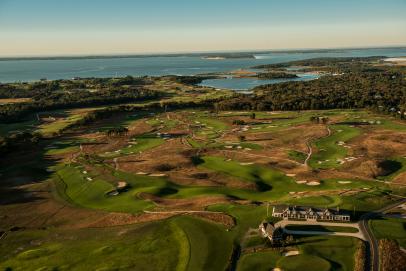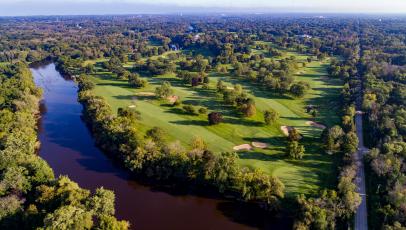best of the best
The 25 Greatest College Golf Courses in America
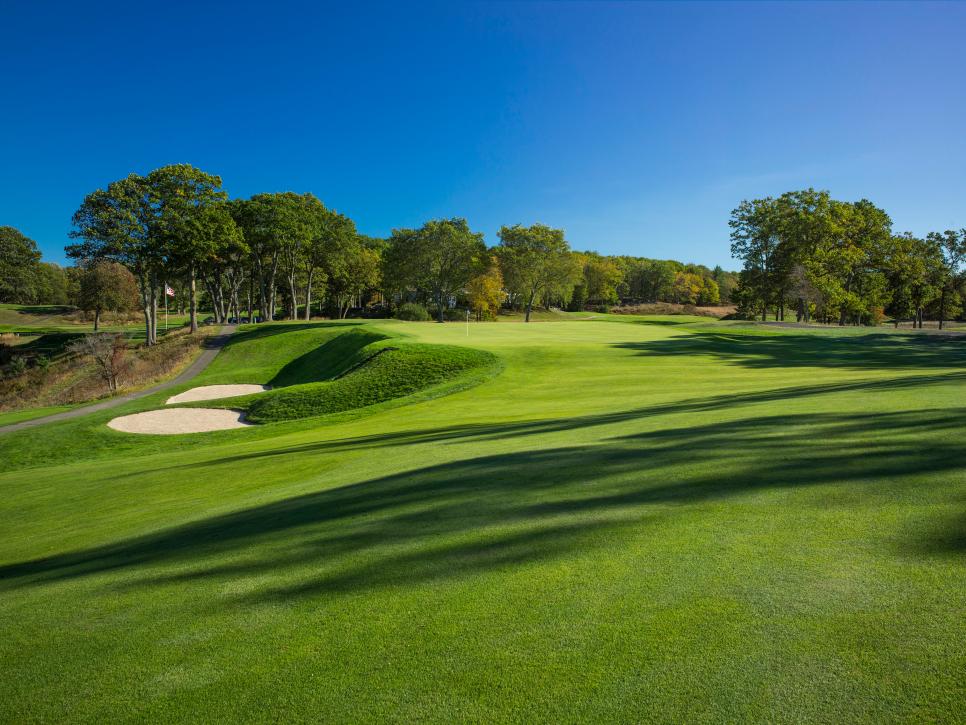
Yale's Seth Raynor/C.B. Macdonald design will undergo a full-scale renovation starting this fall.
LC Lambrecht
College courses, like municipal golf courses, are highly democratic environments that cater to a large, often novice demographic. Their primary purpose is to provide recreation and respite for students, faculty and alumni of all ages and skill sets. As with libraries, rec centers and quadrangles, they are enmeshed with the currents and curriculum of campus life, at once affordable and easily accessible. Many are tasked with achieving a dual purpose: to be easygoing and fun as well as stern architectural forums that can hone the skills of college golf teams, a nearly impossible task in the age of 200-yard 7-irons.
Colleges and universities operate their courses as campus amenities, often at a loss, so a certain scruffiness can be associated with their presentation that isn’t out of place with a clientele also known to be untidy and even, occasionally, under washed. It’s part of the charm. That doesn’t mean profound architecture doesn’t exist. As our ranking of the 25 Best College Courses in America demonstrates, the country’s top college layouts possess as much variety and regional personality as the colleges and universities.
Given their utilitarian intent, eligibility for the Best College Golf Courses ranking is based on direct affiliation with the school and ease of use for students and faculty. That means outstanding venues like Blessings in Fayetteville, Ark., and Karsten Creek in Stillwater, Okla., both members of Golf Digest America’s Second 100 Greatest Courses and home, respectively, to the University of Arkansas and Oklahoma State University golf teams, do not qualify because they’re not readily accessible (or affordable) to students and faculty. Wake Forest has a state-of-the-art practice facility at neighboring Old Town Club in Winston-Salem, N.C., but the club is not otherwise associated with the school. The same is true for the University of Texas Golf Club.
The magazine’s first ranking of America’s best college golf courses was published in 1982 in the book, 100 Greatest Golf Courses—And Then Some, by Golf Digest founder and editor-in-chief Bill Davis. The ranking was just five courses deep, the results based on a poll given to collegiate golf coaches. This ranking is based on Best-in-State data and a survey of our course-ranking panel. Four of the five courses listed remain among the country’s best, including the top course in this year’s ranking, Yale, the Alister MacKenzie-designed Ohio State University Scarlet Course (then No. 1), Stanford and Colgate University’s Seven Oaks course, designed by Robert Trent Jones.
Emphasizing variety, the 2023 ranking favors no architectural style or era. Many of the profession’s greatest architects are represented, from early practitioners like MacKenzie (twice), Donald Ross and William Flynn to Tom Doak, Jack Nicklaus, Gil Hanse and Jim Wagner, and Bill Coore and Ben Crenshaw.
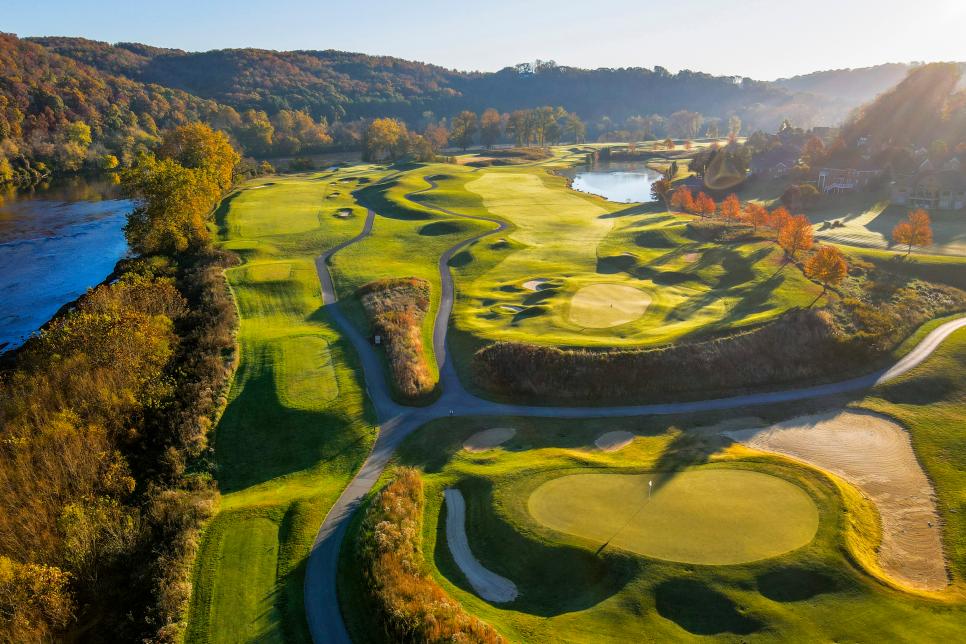
Pete Dye's River Course at Virginia Tech is ranked among the top 10 of our new college courses ranking.
Pete Dye has four courses on the list, spanning 1965 to 2016. Seven courses, including the top four, were built before the end of World War II. Four others—Jimmie Austin Golf Club at the University of Oklahoma, Duke University Golf Club, Colgate’s Seven Oaks, the University of Michigan’s Radrick Farms Golf Course—opened between 1950 and 1970. Four were constructed in the 1990s, and 10 were built after 2000.
Several college courses have been re-engineered projects atop existing courses, including those at Indiana University, the University of Virginia and both of Purdue’s courses. The survey of courses includes nine-hole layouts—which the magazine’s Best-in-State and 100 Greatest rankings do not—topped by The Course at Sewanee in Tennessee, landing at No. 10.
One course to watch is the University of North Carolina’s Finley Golf Course, which finished just outside the rankings this year. Earlier this year, Davis Love III, with brother Mark and architect Scot Sherman, completed a transformation of the school’s old 1949 George Cobb design into something entirely different with five new holes, several others re-routed and the introduction of native love grass borders and other flora. It opens in October and could make a charge onto the next edition of our Best College Courses in America.
Yale is another course to keep an eye on. Though it can’t place higher in this ranking, the 1926 C.B. Macdonald and Seth Raynor design will undergo a major renovation by Hanse and Wagner at the end of the 2023 golf season that will address its shortcomings. Built on a rugged, rocky site with some of the largest and most notable examples of Macdonald’s “ideal holes” (Yale’s version of the par-3 Biarritz, playing over water, is his most dramatic, and holes like Cape and Alps, as well as the up-and-over par-5 18th, are similarly breathtaking), the course has never been presented to its potential and has historically struggled with conditioning. It’s one of golf’s sleeping giants, and the post-renovated Yale should solidify its status as the country’s best college course and possibly break into the 100 Greatest or Second 100 Greatest courses ranking.
Below you'll find our list of the Best College Golf Courses in America. We urge you to click through to each individual course page for bonus photography, drone footage and reviews from our course panelists. Plus, you can now leave your own ratings on the courses you’ve played … to make your case why your favorite should be ranked higher.
The 25 Greatest College Golf Courses in America:
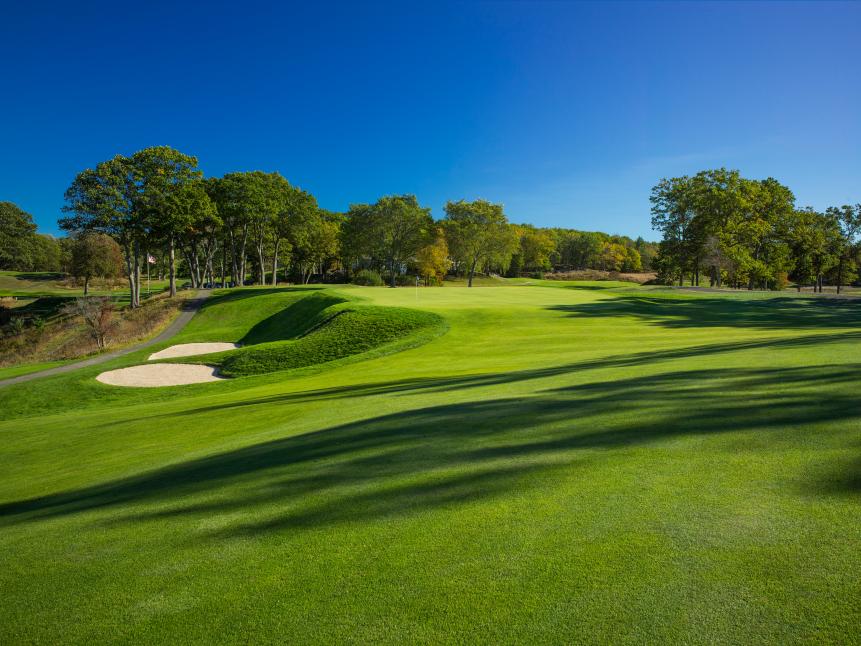
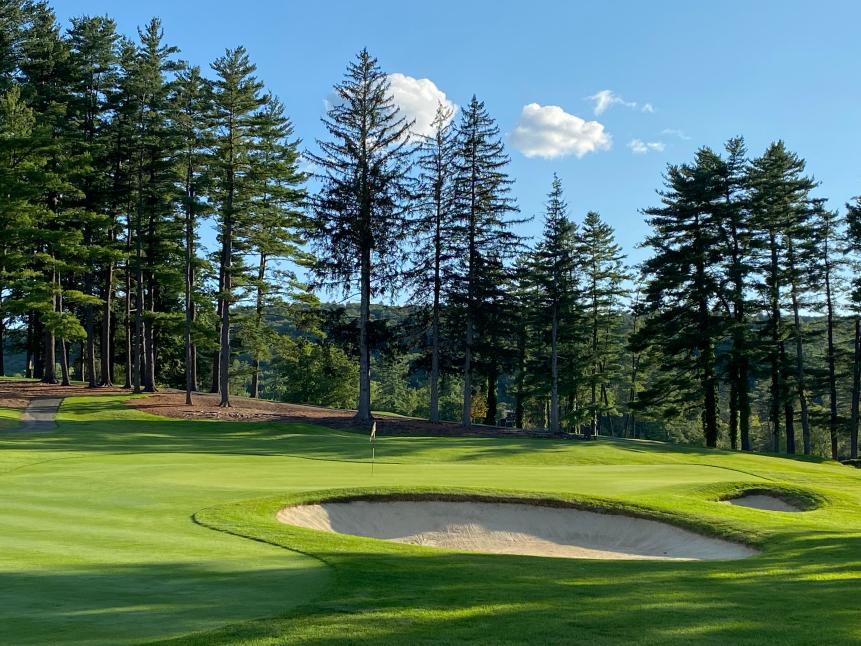
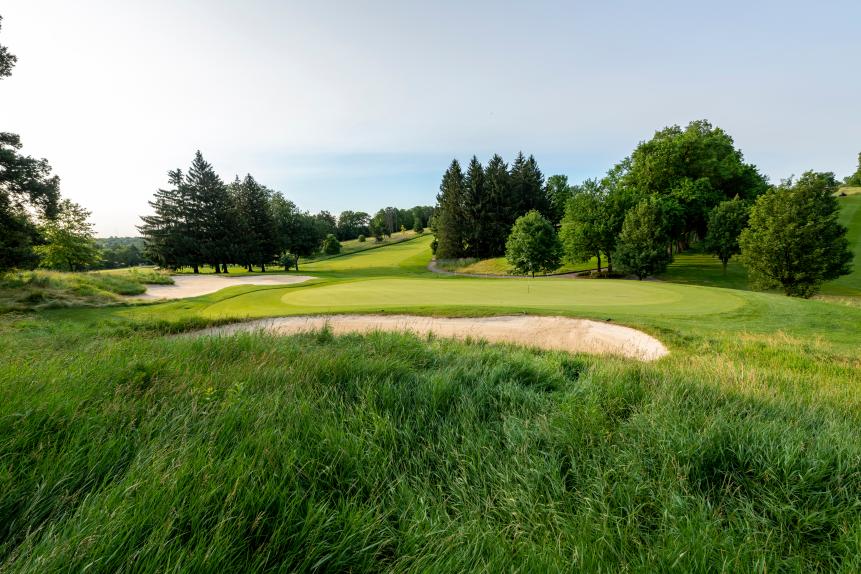
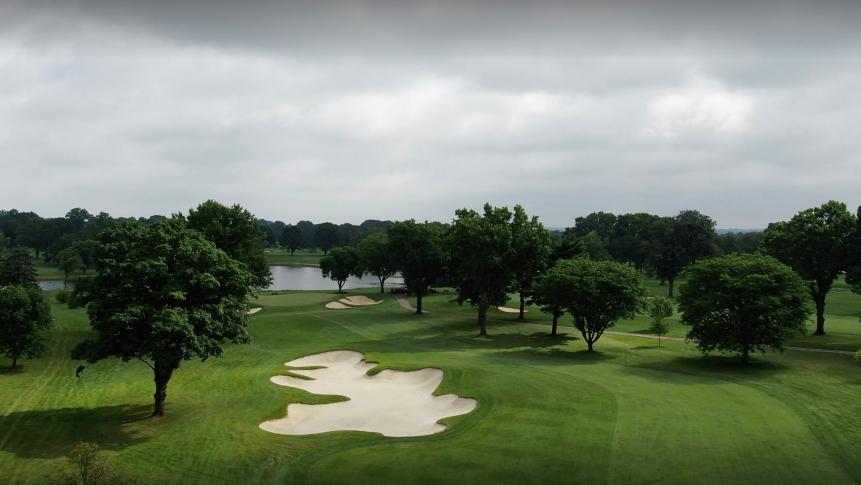
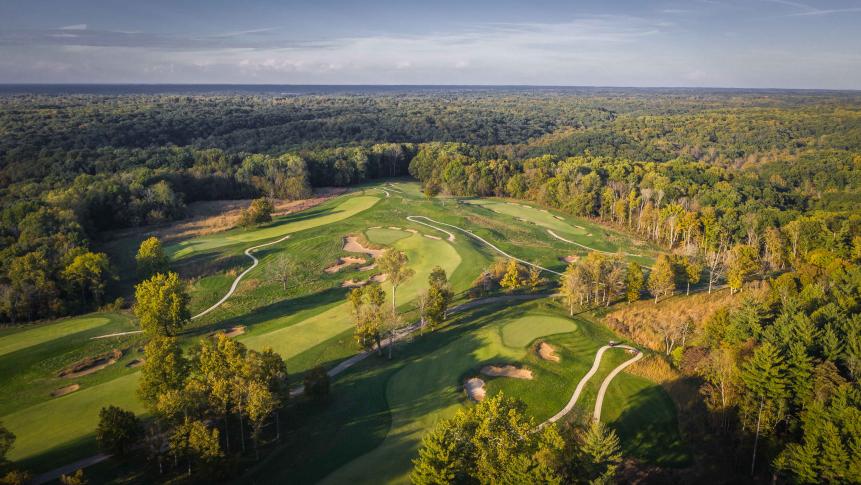
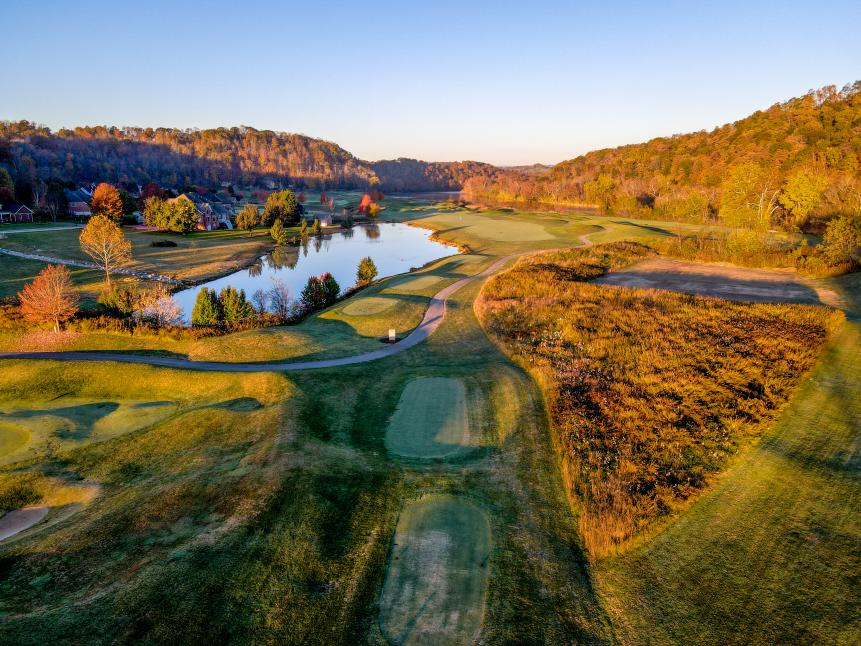
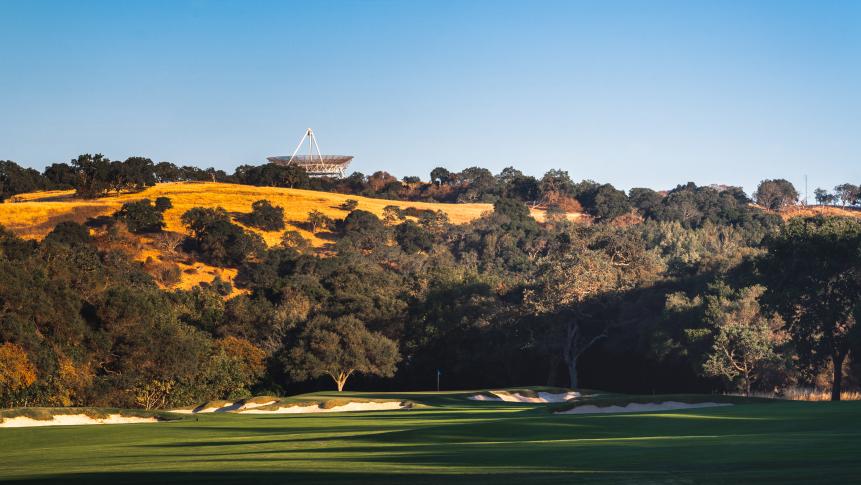



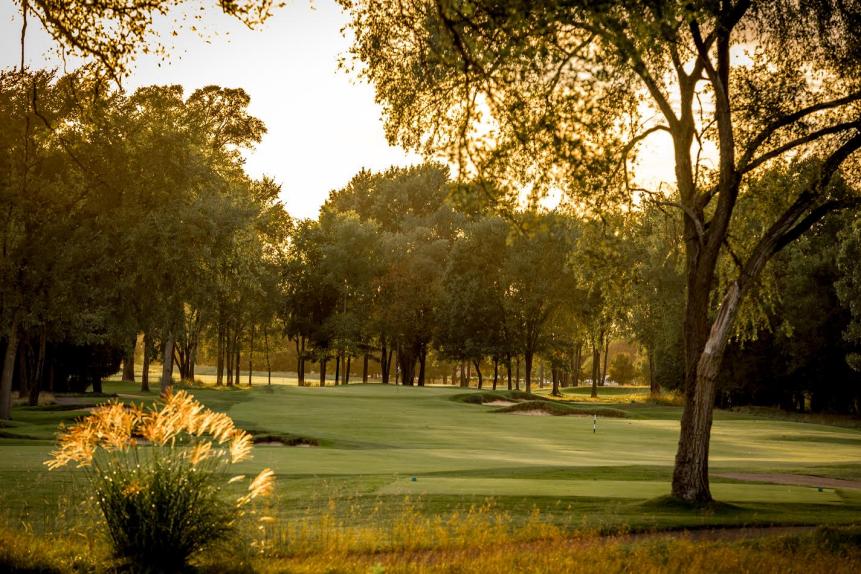
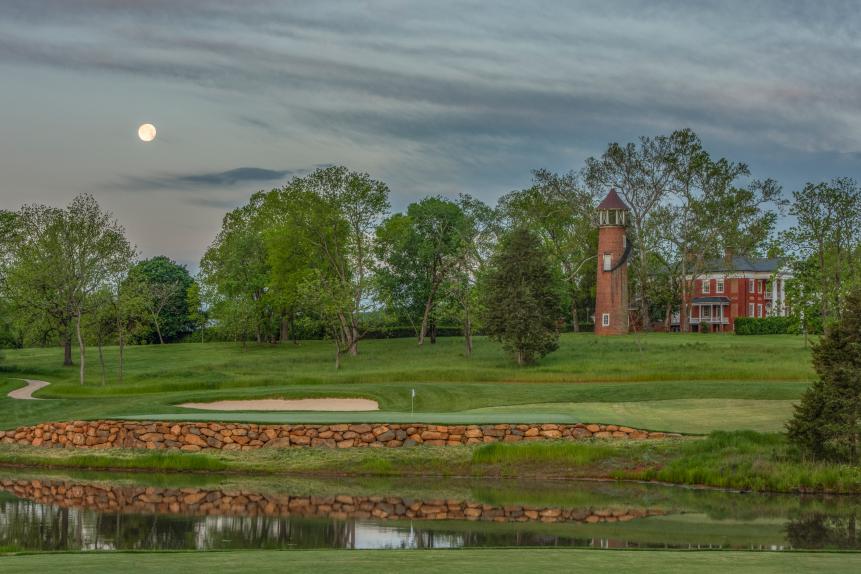
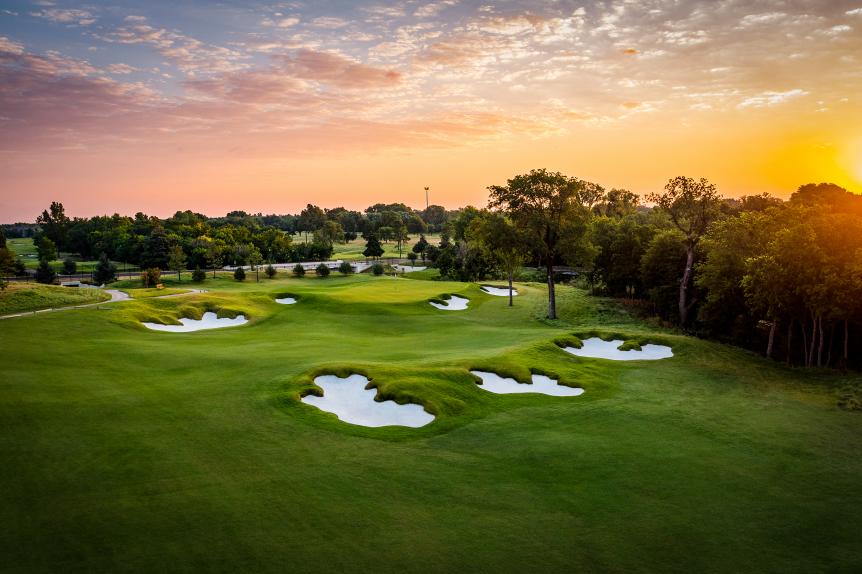
.jpg.rend.hgtvcom.861.574.suffix/1649444519769.jpeg)

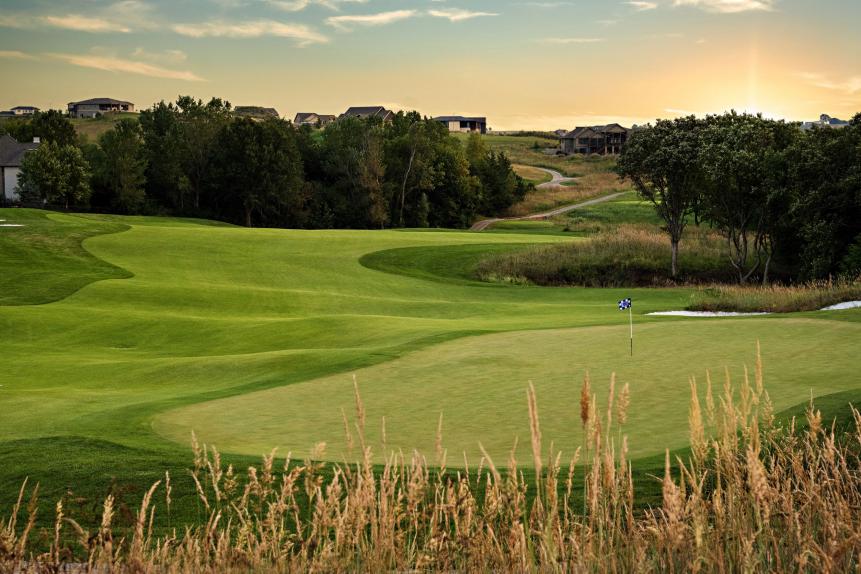
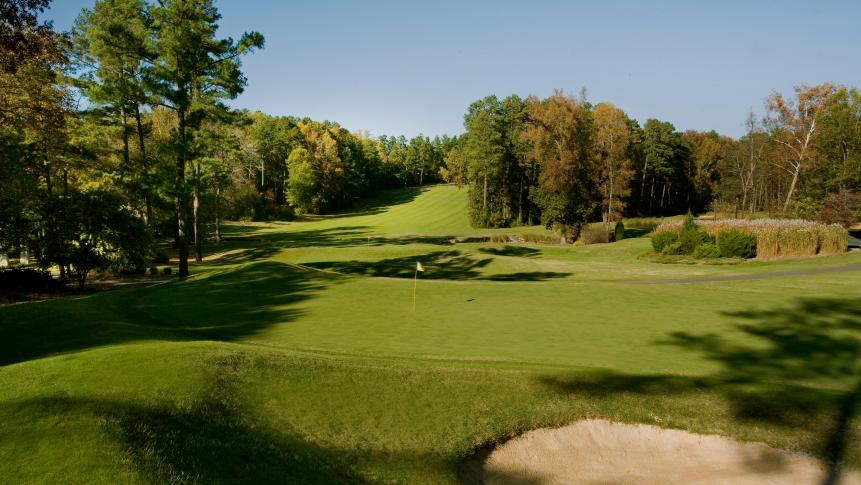
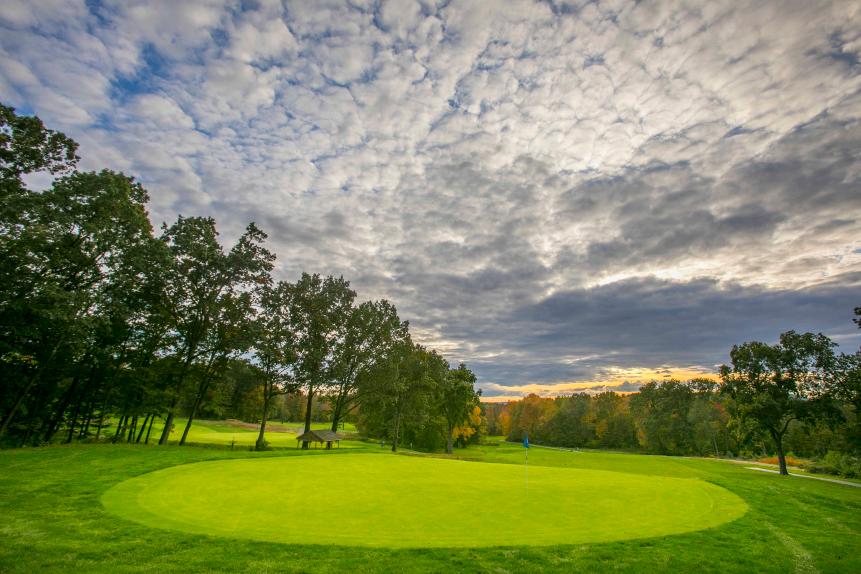

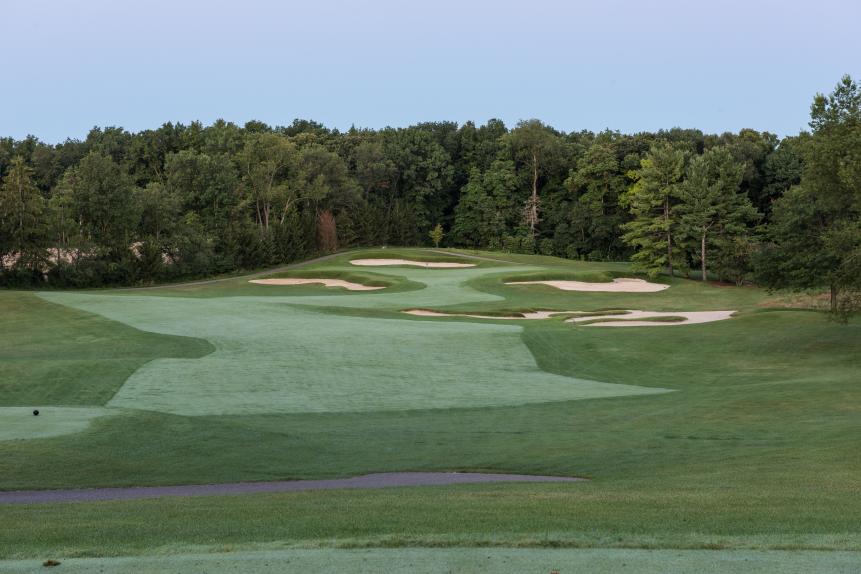
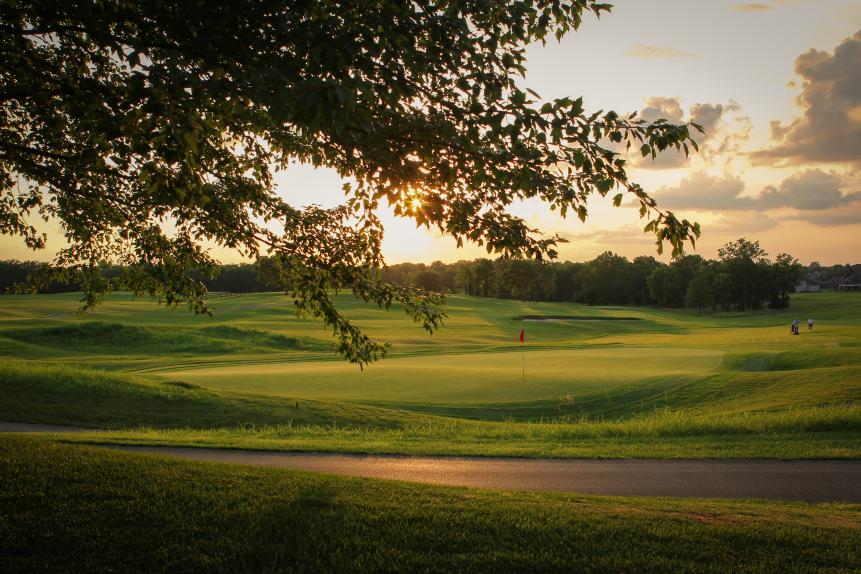
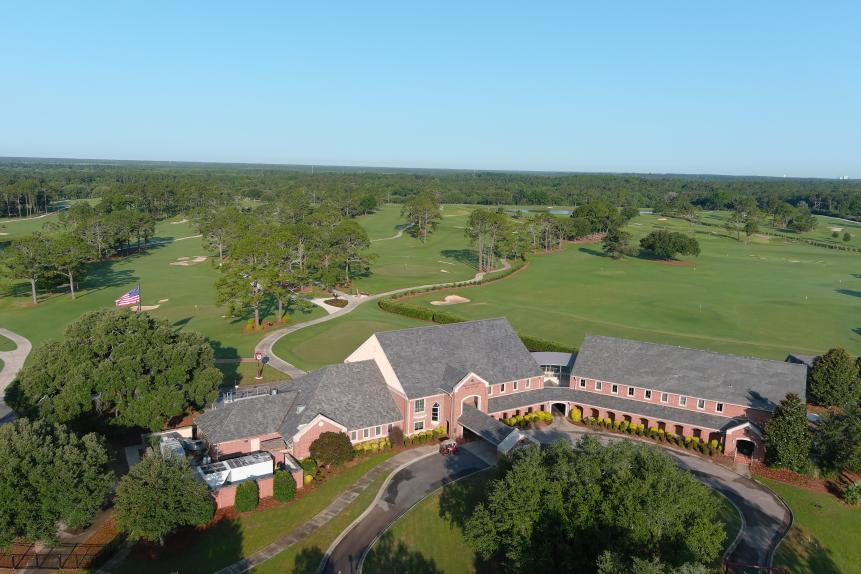

.jpg.rend.hgtvcom.861.574.suffix/1649444033854.jpeg)
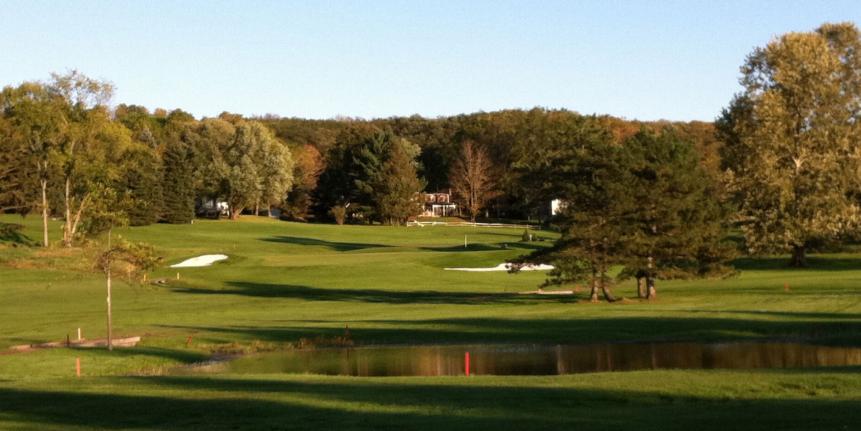
• • •
Explore Golf Digest's recently relaunched Places to Play community, where you can add star ratings and reviews for all the courses you play. We've collected tens of thousands of reviews from our course-ranking panelists to deliver a premium experience, which includes experts' opinions, bonus course photography and videos, plus much more. Check it out here!




